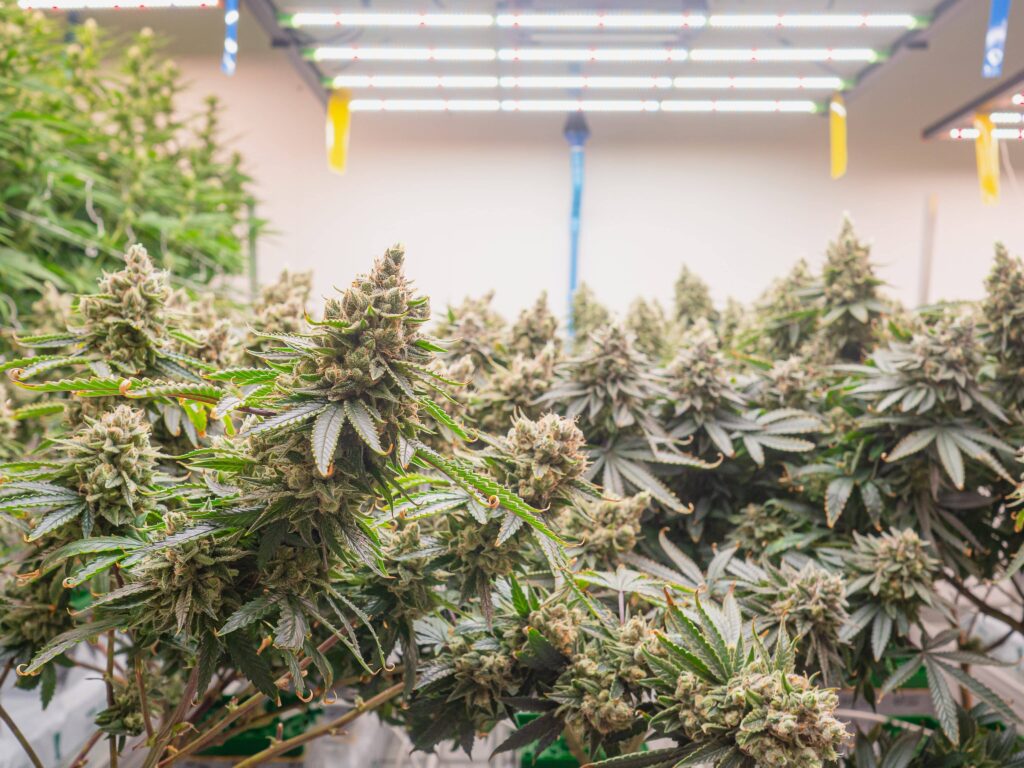
Indoor gardening has gained immense popularity in recent years thanks to technological advancements that have made it easier to cultivate plants, herbs, and vegetables in controlled environments. One of the critical components of successful indoor gardening is lighting, and two primary options for growers have long been High-Pressure Sodium (HPS) lights and light-emitting diode (LED) grow lights. In this article, we will explore why LED grow lights have emerged as the superior choice for indoor growers, surpassing HPS lights in several crucial aspects.
Energy Efficiency
LED grow lights are renowned for their exceptional energy efficiency. Unlike HPS lights, which emit a significant amount of heat, LEDs produce very little heat in comparison. This means that a higher percentage of the electricity consumed by LED grow lights is converted into usable light for plant growth. In contrast, HPS lights waste considerable energy as heat, making them less efficient and more expensive to operate in the long run.
Spectrum Customization
LED grow lights offer superior spectrum customization capabilities compared to HPS lights. Plants require different wavelengths of light at various growth stages, such as blue light for vegetative growth and red light for flowering. Some companies like NOKOTECH sell grow lights with LED technology that allows growers to tailor the light spectrum precisely to the needs of their plants by adjusting the ratio of red, blue, and other wavelengths. This customization enhances plant growth and overall yield.
Longer Lifespan
LED grow lights have a significantly longer lifespan compared to HPS lights. High-quality LED fixtures can last up to 50,000 hours or more, while HPS bulbs typically last around 10,000 hours. This extended lifespan reduces the frequency of replacements and lowers maintenance costs for indoor growers, making LEDs a cost-effective choice in the long term.
Heat Management
HPS lights generate a substantial amount of heat, which can be problematic in enclosed indoor environments. Growers often need to invest in additional cooling systems to maintain the ideal temperature for plant growth, increasing operational costs and complexity. In contrast, LED grow lights emit minimal heat, reducing the need for elaborate cooling solutions and making it easier to maintain a stable climate for plants.
Reduced Risk of Fire
The high heat output of HPS lights poses a fire hazard in indoor gardening setups. Overheating can lead to electrical malfunctions, melting of equipment, and even fires in extreme cases. LED grow lights are much safer due to their low heat emissions. Growers can have peace of mind knowing that their lighting system carries a lower risk of causing a fire.
Light Intensity and Distribution
LED grow lights offer better light intensity and distribution compared to HPS lights. LEDs can be designed with lenses and reflectors that ensure more even coverage and penetration of light throughout the canopy. This results in more uniform plant growth and higher yields, as every part of the plant receives the necessary light for photosynthesis.
While HPS lights have been a staple in indoor gardening for decades, LED grow lights have emerged as the superior choice for modern indoor growers. LED technology provides several key advantages, including energy efficiency, spectrum customization, longer lifespan, heat management, reduced fire risk, and better light intensity and distribution. These benefits lead to healthier, more productive plants and contribute to cost savings and a safer growing environment. As indoor gardening continues to evolve, LED grow lights are poised to remain the preferred lighting solution for growers looking to optimize their yields and reduce their environmental footprint.


